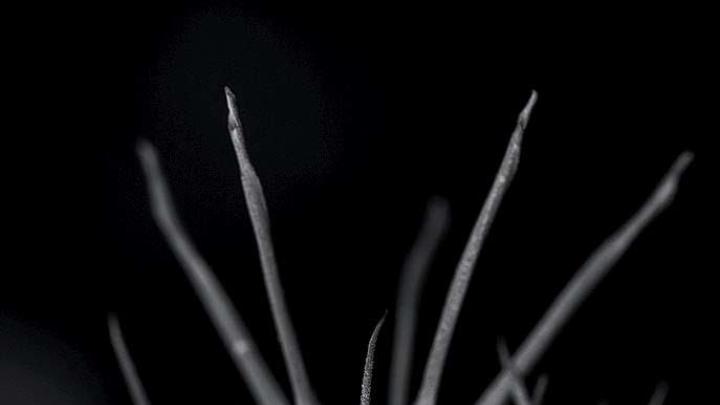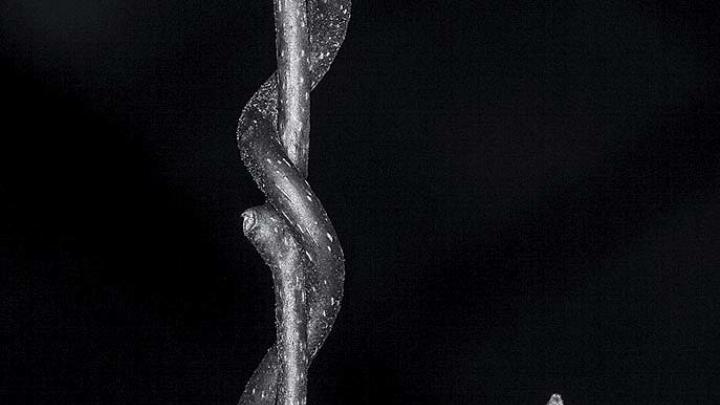In 2013, office-bound in a high-stress architecture job in Manhattan, Anna Agoston, M.Arch.II ’04, then an occasional photographer, rarely ventured outside. “I was let go in March,” she recalls, “and it was as though I had never seen spring.” Once she saw, she couldn’t stop looking. Camera in hand and flush with time, she began taking pictures of what grew in the sidewalk cracks on her street in Brooklyn, and in the nearby parks and botanic gardens. The result is a series, hundreds strong, that examines floral features in extreme close-up: the ridge along a stem; a thistle’s spikes.
Agoston attributes her delight in these details to her limited contact with nature while growing up in Paris. “I was stunned by the countryside,” she says, especially during family hiking trips to the nearby forest of Fontainebleau, with its huge formations of white rock. “Maybe now with my macro lens, looking at tiny things with a lens that makes them look much larger—maybe I’m looking for the boulders of my childhood.”
Even in close-up, her plants don’t look like monuments of a distant geological age. But captured in black and white, against a plain background, a bulb is made sculptural, and the curve of a leaf, architectural. The intensity of Agoston’s focus abstracts these forms, making them seem durable, almost timeless.
For an earlier series, Dorm, she knocked on dozens of her graduate-student neighbors’ doors during finals week and asked to take their pictures. Where that class assignment documented the diversity within a local ecosystem, Agoston’s current project removes life from the context of habitat. (And her current subjects—numbered, but unnamed—don’t object to being studied so closely, from every angle.) A tendril curls, doubling back to coil around itself; two woody twigs reach to braid together. Her true subject seems to be the mysterious elegance of adaptation, finding pragmatic solutions to unseen problems.
When her ongoing series hits 300 images, she plans to publish a third book, and one day, a single collected volume. By late February, Agoston had taken photograph 245. “The winter,” she says, “is a little slow.”









